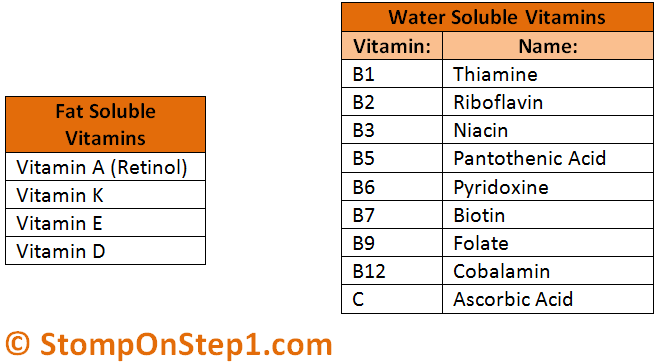- a. Add treatment solutions
b. Boiling
c. Water filters
-Adding chemicals like chlorine dioxide or iodine will kill bacteria and viruses leaving behind chemicals and sediments. They can be bought at relatively cheap prices.
-Boiling wipes out bacteria and viruses very effectively but does not get rid of sediments like mud and sand or chemicals. It is very cheap to apply although it poses an inconvenience- wasting of time and fuel.
-Water filters will mainly get rid of bacteria and chemicals but not viruses. Even though it might be a little expensive, the fact that it is reusable makes it cost effective.
It is best to make use of 2 or more of the above methods to purify water.
Similar to the addition of treatment solutions by hikers, methods used to purify municipal water supplies also involve using chemicals to disinfect the water by killing bacteria and viruses. However, these methods are much more intricate and remove minerals, fungi, and algae as well. The water then undergoes a series of filtration processes such as the slow sand filtration and processes such as aeration which remove minerals or heavy metals.
Industrial wastewater undergoes boiler water treatment, parallel to the boiling of water by hikers though it is more elaborate. The difference is that water may be further treated before being used in dometic households. These further processes include water softening or ion exchange and the removal of residual disinfectants and heavy metal ions.
Desalination is widely used to convert saline water to potable water in areas where there is a lack in fresh water sources. It involves reverse osmosis and distillation. Similar to hiking water filters, reverse osmosis systems contain sediment filters as well as membranes which make use of the similar concept of disallowing certain substances or compund to pass through.
2. Desalination techniques such as distillation, ion exchange and reverse osmosis are not used widely to produce potable drinking water due to several factors. First, desalination requires a large amount of energy for purification, high infrastructure and maintenance cost. In Singapore, It costs about 62 cents at current prices to desalinate each cubic metre of potable water, 18 cents to process Newater, and even less to treat rainwater. Hence, not all countries can afford these expenses. Second, residues from desalination are very saline brine which needs to be disposed without causing adverse environmental problems. Third, drawing salt water from ocean may poses threat, kill and/or harm marine life.
Steven Lo. July 2016. Price of water should reflect the cost of production. Taken from: http://www.straitstimes.com/forum/letters-in-print/price-of-water-should-reflect-the-cost-of-production
3.
a) Lead traces in drinking water usually comes from pipes that have corroded (water contact with the plumbing). It can leach into water from pipes, solders, fixtures, and faucets. Lead is morel likely to enter drinking water when the water is hot, has low mineral content or high acidity.
b) It is not that likely that the contaminated drinking water in the chemistry building is due to research activities, since the plumbing for drinking water and research waste should by right be separated. A more probable reason for elevated lead levels in the drinking water would be because of corrosion in the pipes that contain the water.
4. Vitamins can be classified under water soluble vitamins and fat-soluble vitamins.

The difference between the vitamin solubility are important as it acts differently in our body.
Water soluble vitamins are polar molecules while fat soluble vitamins are non-polar molecules. Polar covalent bonds found mainly in water soluble vitamins tend to attract water through H-bond and allow the molecule to dissolve in water. On the other hand, non-polar covalent bond found mainly in fat soluble vitamins favor interacting with the non-polar chain in lipid.
Hence only water soluble vitamins are considered to be polar compounds.

